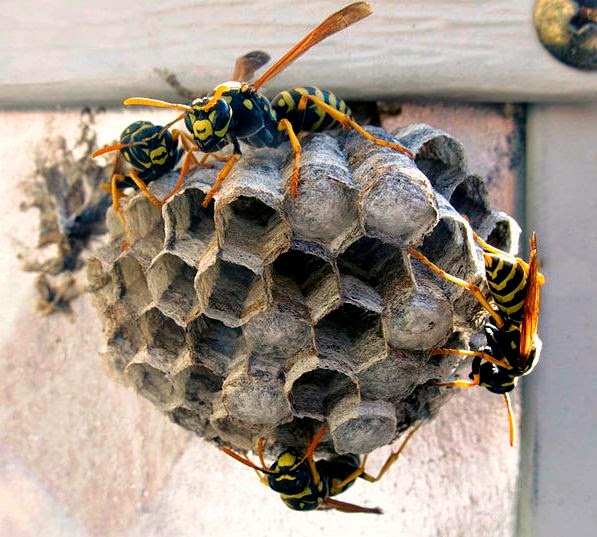How does your garden grow?
Well, maybe Mary-Mary of the old nursery rhyme planted her flowers all in a neat
little row, but I surely don’t. Personally, I find it a lot more interesting and
visually appealing to mix things up a bit.
When I pick out my annuals in
the spring, I like to grab a variety of bright colors. I might buy cosmos,
dahlias, dianthus, geraniums, gerbera daisies, marigolds, violas, and zinnias.
And I may even plant them in the same bed.
Usually, I cluster similar flowers in odd little bunches. Long ago, a veteran gardener and floral arranger
told me the best flower groupings are done in odd numbers. I’m not even sure
why, but the habit was formed.
Instead of lining my plantings all up in rows, I zigzag them. I guess I must have something against too much order in my garden. I guess I prefer splashes of color to stripes – at least for planting. And I think the flowers fill in nicely and look fuller and prettier this way.
Maybe it’s just me and my quirky garden. But I like it.
Instead of lining my plantings all up in rows, I zigzag them. I guess I must have something against too much order in my garden. I guess I prefer splashes of color to stripes – at least for planting. And I think the flowers fill in nicely and look fuller and prettier this way.
Maybe it’s just me and my quirky garden. But I like it.
Marigolds
Public domain photo
NOTE: This blogger has no affiliation with any product/s mentioned in this post and received no remuneration from the manufacturer/s or product promoter/s for this post.
Feel free to follow on Google Plus and Twitter. Like this
blog? Check out Practically at Home on Facebook.





